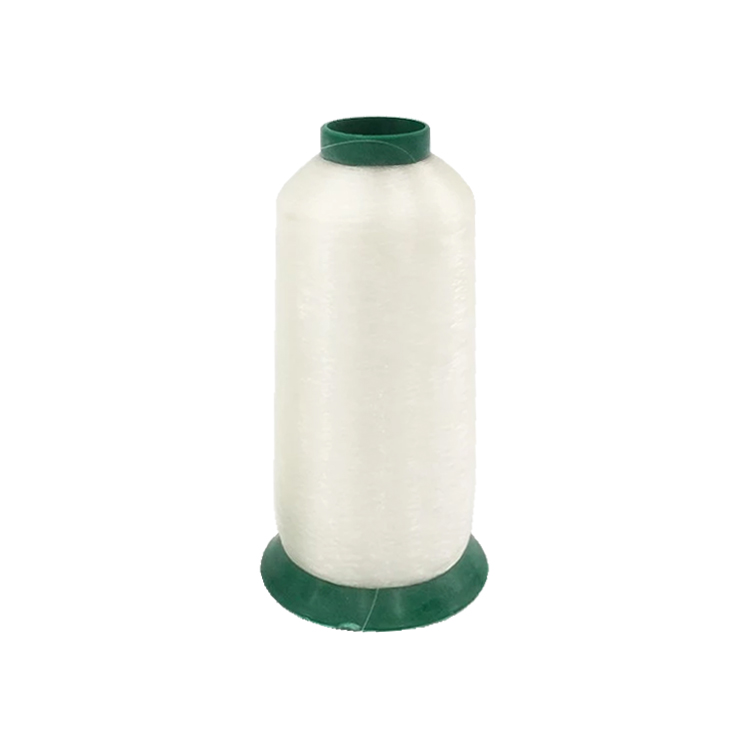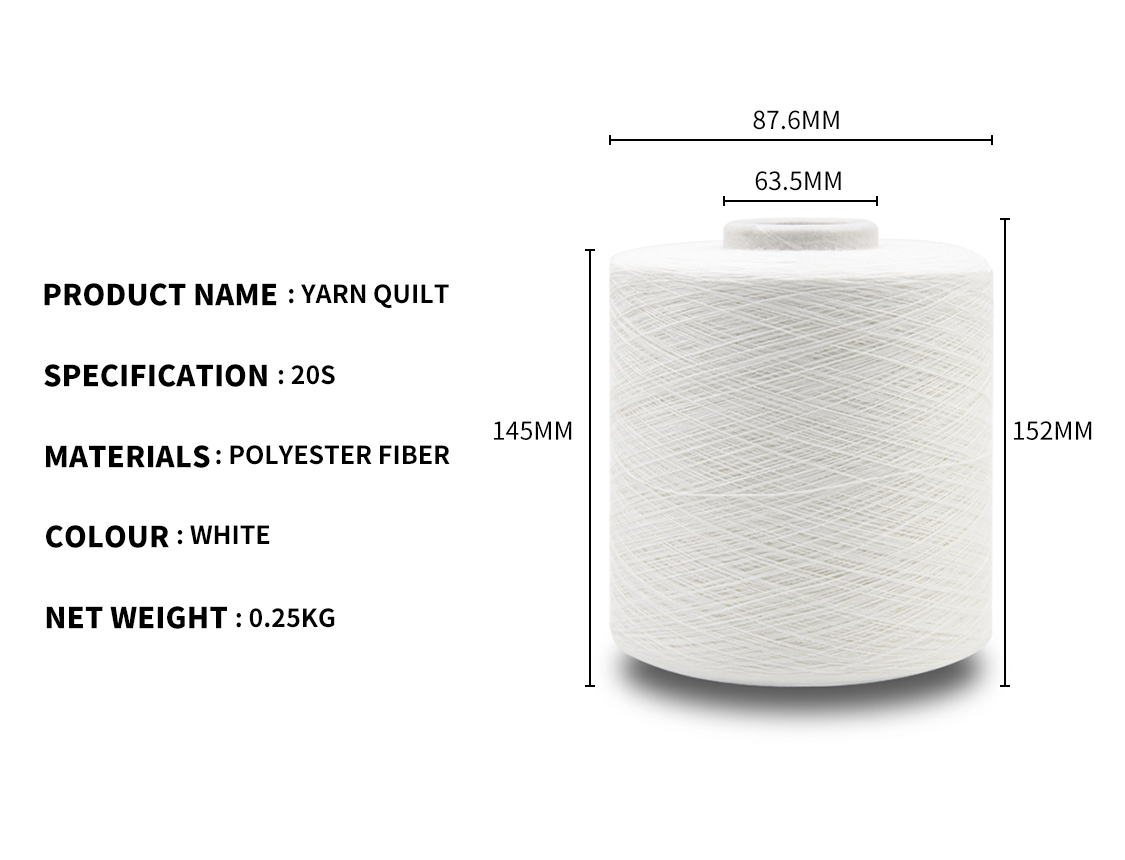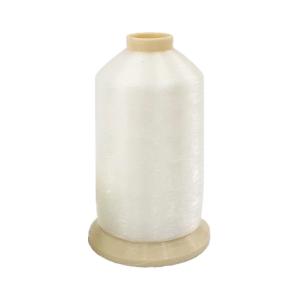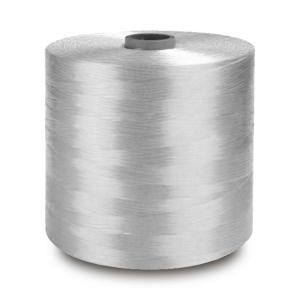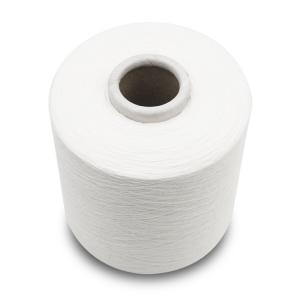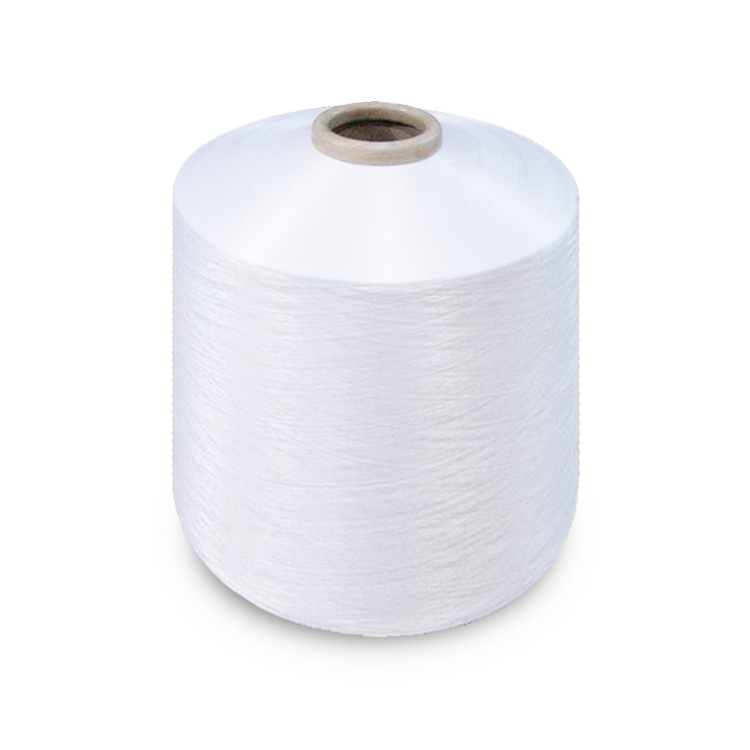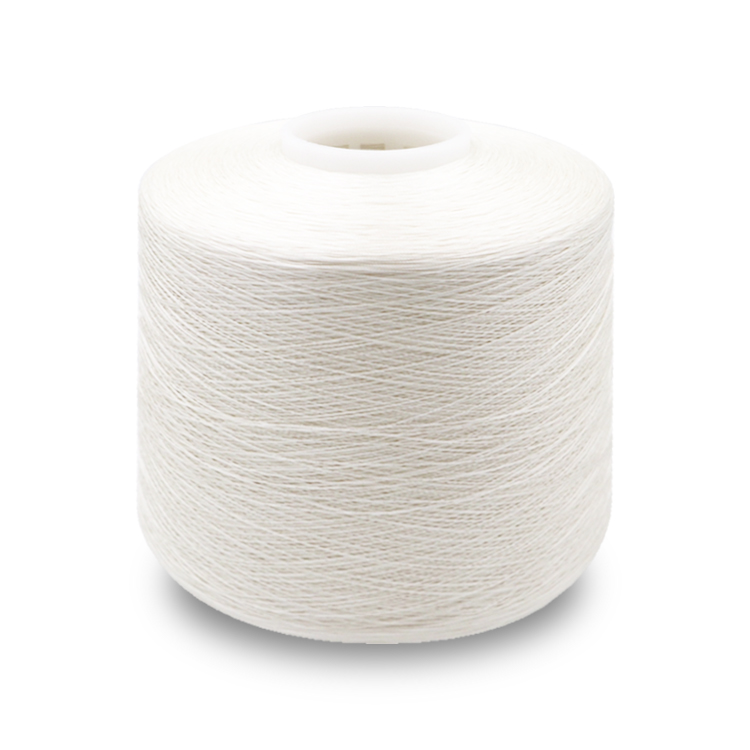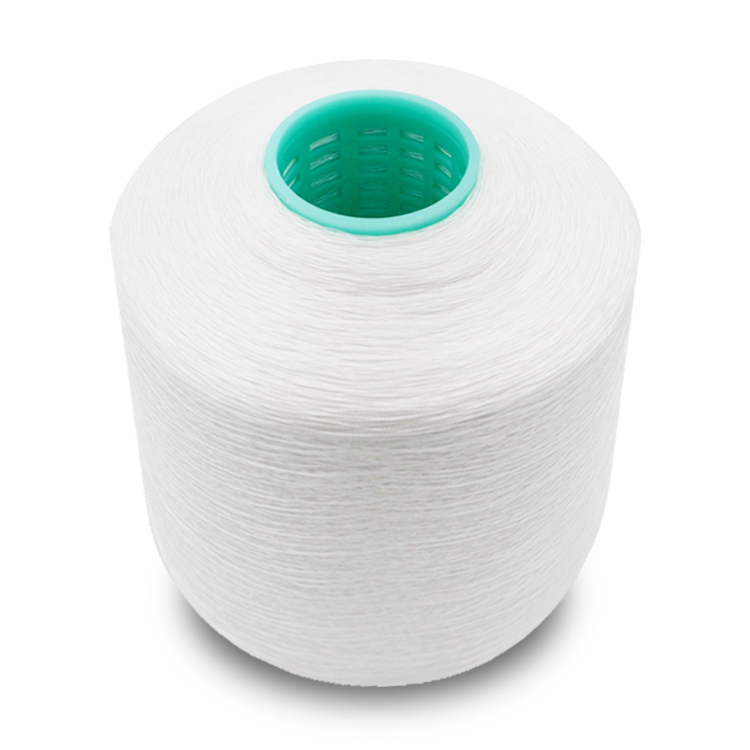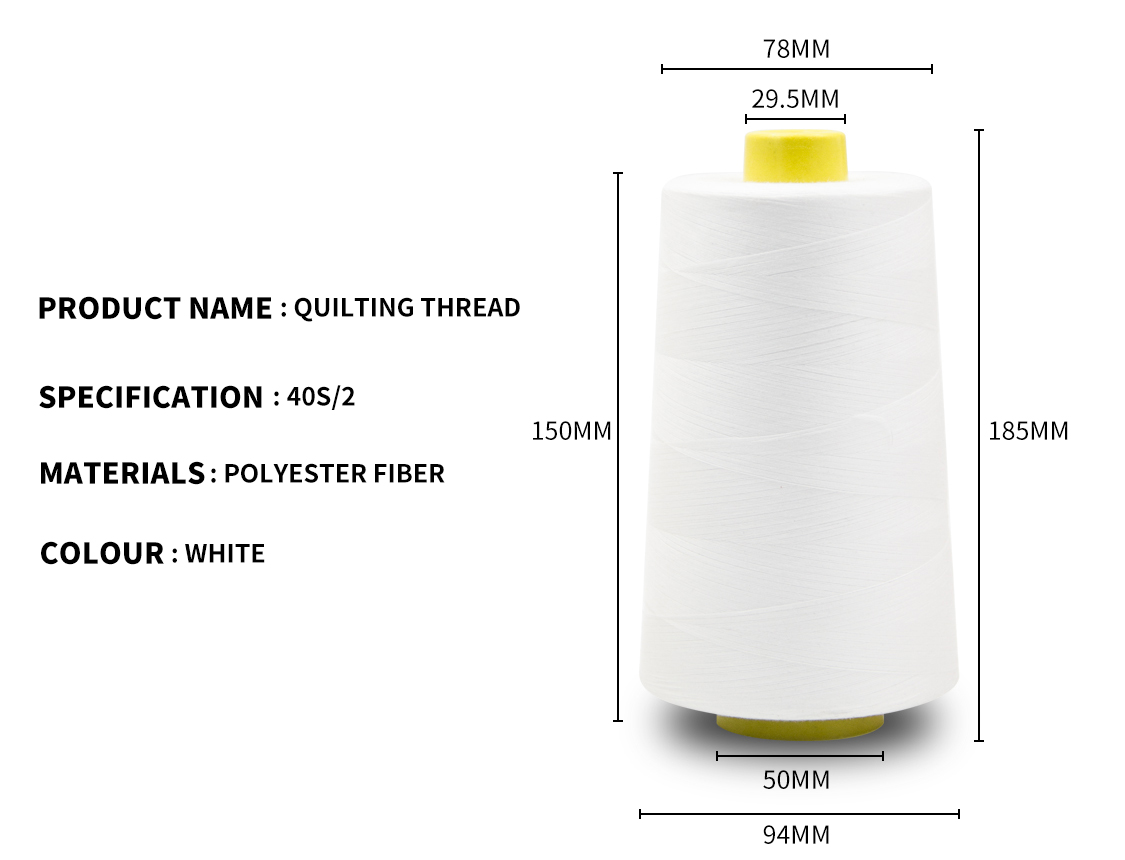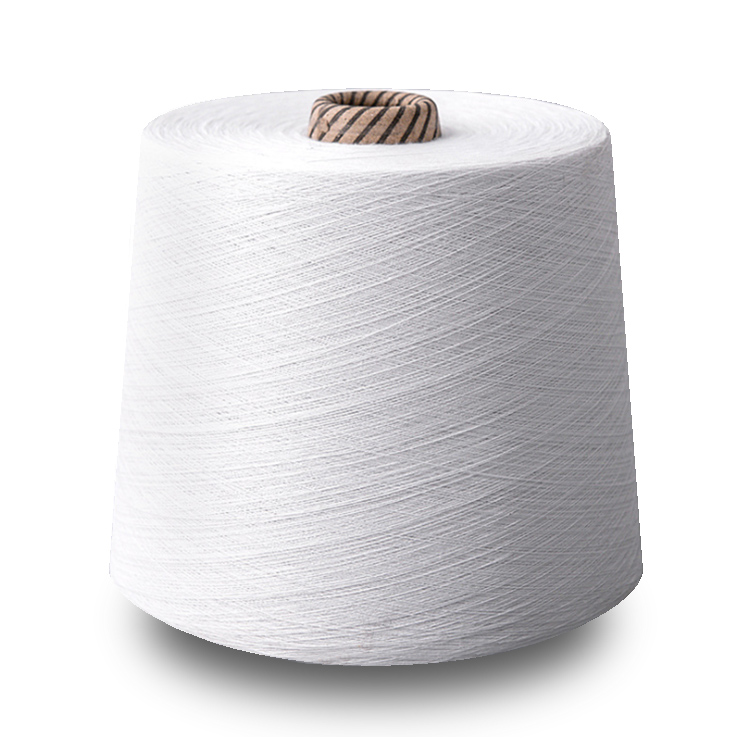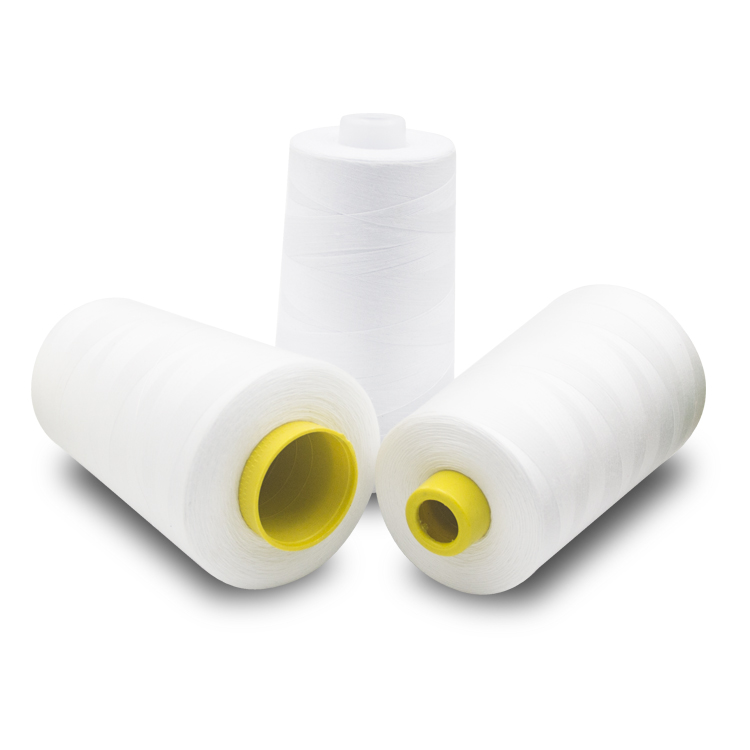Share to:
Related Products
50s/2 Polyester yarn quilting for disposable bedding set
LQ-19-05
Price: From $0.43
Delivery time: 9-20 days after payment
MOQ: 500 PCS
This yarn has been produced using specially Nylon yarn with good tensile strength, and good retraction force.
We use advanced production techniques to provide you with thread of superior quality that can be easily sewed and good seam quality.
This yarn made from 100% Polyester filament, specifically engineered for use on computerized high speed embroidery machines, resulting in high productivity and excellent embroider appearance.
Remark :All data which based on manual measurement will has instrumental error , please kindly notice .
Main causes of yellowing of sewing thread
1.1 Fiber itself
When nylon, polyester, cotton, viscose or silk fibers are stored for a certain period of time, they will produce yellowing. Therefore, the sewing thread made from these fibers will produce yellowing. Especially for products containing polyurethane fibers which have been finalized by high temperature, it is easier to produce yellowing.
1.2 Water for dyeing
Hard water contains a lot of calcium, magnesium and iron ions, and the mineral content varies with the removal degree. Many direct dyes can form complex with heavy metal ions in hard water, which leads to the decrease of solubility and the change of dyeing color. Copper ions can cause stains and dark colors. Even a small amount of copper or iron ions can inhibit fluorescence, resulting in a decrease in whiteness of fluorescent whitening fibers and yellowing.
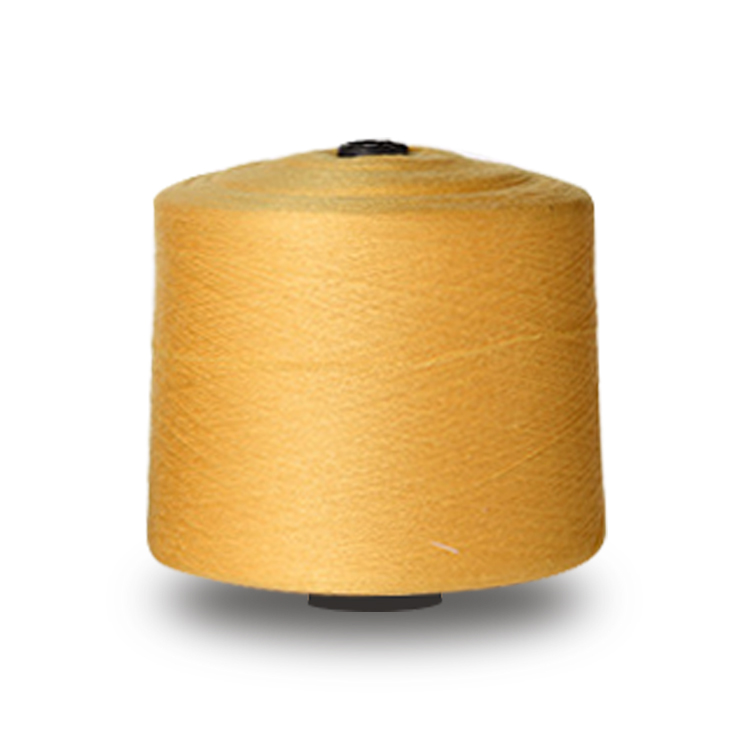
1.3 Fluorescent Whitener
White sewing thread is usually whitened by fluorescent whitening agent. Under the action of ultraviolet radiation, the molecule of whitening agent will be gradually destroyed. Different brighteners have different shades and fastness to sunlight. Therefore, the whitening effect gradually decreases with the increase of exposure time, resulting in yellowing of textiles. Generally speaking, polyester whitening agent has better sunshine fastness, and nylon and acrylic fibers are of medium structure and the properties and positions of substituents. For example, the introduction of N, O and hydroxyl, amino, alkyl or alkoxy groups in heterocyclic compounds can improve the fluorescence effect, while the introduction of nitro and azo groups can reduce the fluorescence effect, but can improve the fastness to sunlight.
1.4 Oil Agent
Oil is used in sewing thread production to improve the spinnability and sewing performance of yarns. But these oils can yellowing the sewing thread. Unsaturated paraffin spinning oils adsorbed on fibers become yellow due to oxidation after long-term storage or exposure to sunlight. The yellowing of textiles caused by oils is generally called grease yellowing on fibers.
1.5 Phenolic Compounds
The yellowing caused by phenolic antioxidants and nitrogen oxides is the most widespread. The packaging materials of various textiles are mostly polyethylene. Cardboard and polyethylene film are widely used for chemical fibers. In most cases, polyethylene will use phenolic compounds containing steric hindrance as antioxidants such as B H T (2,6-di-tert-butyl-4-methylphenol) to delay its aging. In addition, cardboard contains natural degradation products, which have the same yellowing effect as phenolic antioxidants. In the presence of nitrogen oxides
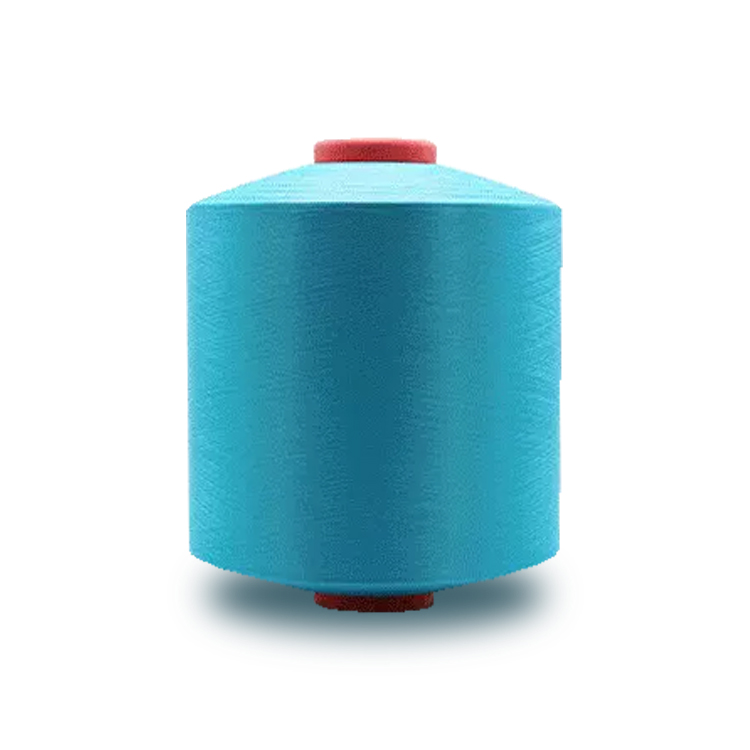
In this case, any trace phenol-based antioxidant is transferred to the surface of sewing thread by volatilization or friction, and reacts with nitrogen oxides (mainly N O 2) absorbed or stored in air and packaging materials (such as cardboard) to form a yellow substance, which causes the yellowing of sewing thread. Phenol yellowing.
1.6 Ozone
Ozone, as a strong oxidizing gas in the air, decomposes dyes and turns them yellow in the presence of ultraviolet light. Indigo dyes are decomposed by ozone in contact with air and under the action of light oxidation, resulting in the formation of the yellow substance indomethacin. The rate of discoloration and yellowing of indigo depends on the location of dyes in fibers, dye uptake, moisture absorbed by fibers, concentration of protective chemicals and ozone on fibers, etc. Nowadays, indigo dyes are also used to dye sewing thread to meet the needs of the jeans industry.
